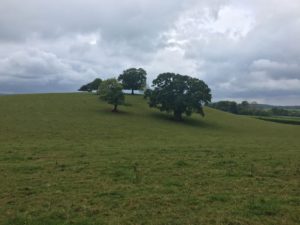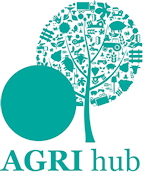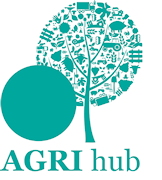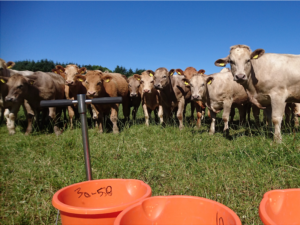 The average length of new farmland lettings in England and Wales in 2016 increased noticeably on previous years, according to a new survey by the Central Association of Agricultural Valuers.
The average length of new farmland lettings in England and Wales in 2016 increased noticeably on previous years, according to a new survey by the Central Association of Agricultural Valuers.
At 4.48 years, the average let, covering everything from seasonal grazing to full farms, was nine months longer than the nine-year average and eight months more than in 2015. In England and Wales, letting of fully equipped farms averaged 14 years, with units of over 200 acres averaging nine years against 2.54 years for less than 25 acres. About 60% of lettings were bare land, with 20% comprising land and buildings and another 20% including a farmhouse, land and buildings.
When let land fell vacant it was overwhelmingly re-let: 86% of 1986 Act lettings and 94% of Farm Business Tenancies that ended saw the land re-let. By contrast, in Scotland the proportion of holdings falling vacant that were re-let fell to 35%, leading to a further decline (-28,000 acres) in the total tenanted sector.
According to Jeremy Moody, secretary and adviser to the CAAV, having a vibrant tenanted sector is key to helping farm businesses adapt to changing demands ahead of and after Brexit. Speaking at the association’s AGM near Bristol on Friday (23 June), he said: “If tenancies are discouraged or made less flexible, then the likely structural changes in farming for economic reasons and in adaptation to a post-Brexit world will use business contracts instead. As is now happening in Scotland, that would bypass the let sector with its opportunities for combining flexibility with assurance and the framework it offers for investment and land management.”
The introduction of FBTs in England and Wales in 1995 triggered growth in the total tenanted area, in sharp contrast to the continued implosion of the sector in Scotland, with its complex and changing legislation, said Mr Moody. However, the introduction of area-based subsidy payments had subdued overall activity in England and Wales, with only 892 units seeing change compared to 2,565 in 2002.
“The fraction of new lettings that were taken by new entrants fell to 14% of those units that were let to a new occupier (rather than a new letting to the same farmer),” said Mr Moody. “That compares to 25-30% in previous years. Significantly, the level of lettings to new entrants in Scotland was zero.”
A clear majority (68%) of lettings in Scotland were now of bare land, with rental seen as high risk and low reward for landowners, said Mr Moody. “The Scottish tenanted sector has nearly halved since the early 1990s.”
So how can the industry try to revive the tenanted sector in Scotland and encourage further activity in England and Wales? “The key to increasing the number of new lettings is what will encourage a private landowner to see letting land as a practical and useful option,” explained Mr Moody.
“The more opportunities there are, the more open the market is to new entrants. It is encouraging to see that the average term is increasing, providing greater certainty for businesses trying to plan ahead through challenging times. However, more needs to be done and that falls to the Government in its design of agricultural and tax policies in the years ahead.”
For more information visit www.caav.org.uk.




